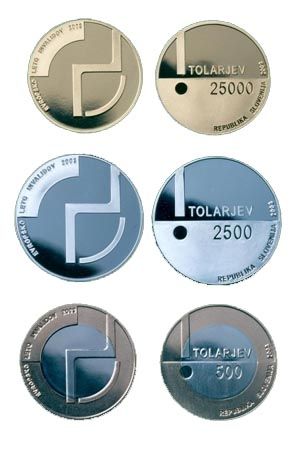European Year of People with Disabilities (2003)

The disabled comprise a highly diverse group of people who are eligible for the same human rights as all other citizens. They encounter discrimination that at times is based on prejudices about them, but which more often leads to the fact of them being forgotten about or overlooked. This has the consequence of creating and increasing the obstacles in their surroundings and in attitudes, which in turn prevent the disabled from participating in society. Ten years ago the United Nations General Assembly adopted the Standard Rules on Equalization of Opportunities for Disabled Persons. These rules are based to a large extent on ideas developed by the disabled and their organisations, and place greater emphasis on human rights. Disabled persons must have equal rights and access to all public benefits, which means the possibility of full inclusion in education, access to new technologies, health and welfare programmes, sports and leisure activities and to services and products.
In the last ten years the European Community (EU) has taken a major step, from its protective approach to the disabled towards efforts to ensure the possibility of independent life for the disabled, and the possibility of them taking responsibility for their own decisions. On 3 December 2001, the international day of the disabled, the European Council declared 2003 the “European Year of People with Disabilities”. The Madrid declaration, adopted in March 2002, presents the vision of activities in 2003 in the European Union and associate members, on the national, regional and local levels. The fundamental principle of the declaration is the merging of two approaches: “non-discrimination + positive steps = social inclusion”. By creating a society without barriers and prejudices for all and through respect of difference, a world will be formed that will suit everyone: “What is done on behalf of the disabled today, will tomorrow be important for everyone”.
The Government of the Republic of Slovenia adopted a decision declaring 2003 the year of the people with disabilities in Slovenia. By issuing commemorative coins, Slovenia has joined the group of countries that have decided to give even greater emphasis to familiarising the public with attitudes to the disabled and to spreading awareness about their rights, needs and abilities.
The simply designed commemorative coins indicate the difficulty of being disabled, which may be overcome through respect of fundamental human rights. The front side of the coin bears an exclamation mark, which draws attention to discrimination against the disabled and promotes responsibility for an equality-based approach of healthy people to all disabled groups. The motif of the exclamation mark is continued on the reverse side of the coin, where the upper part of a disabled person’s body is portrayed as an extension of a stylised wheelchair. The presentation of the disabled wheelchair, as the first image that reminds people of being disabled, leads to a consideration of physically challenged people and consequently to the establishing of such a social policy which respects the diversity of the disabled to the greatest possible extent. The circle, which like a globe embraces the central motif, draws attention to the international dimension of the disabled.
- Gold coin: nominal value: 25,000 Tolars, purity: 900/1000 gold, weight: 7 grams, diameter: 24 millimetres, quantity: 300 coins
- Silver coin: nominal value: 2,500 Tolars, purity: 925/1000 silver, weight: 15 gram, diameter: 32 millimetres, quantity: 1500 coins
- Coin for ordinary circulation: nominal value: 500 Tolars, bi-metal (composition: inner disc alloy: 75 % copper and 25 % nickel, outer part alloy: 78 % copper, 20 % zinc, 2 % nickel), weight: 9 grams, diameter: 28 millimetres, quantity: 200,000 coins
Designer of gold, silver and commemorative convertible coins: Katarina Čehovin, Kranj
Production and minting: Mincovna Kremnica š. p., Kremnica, Slovakia

